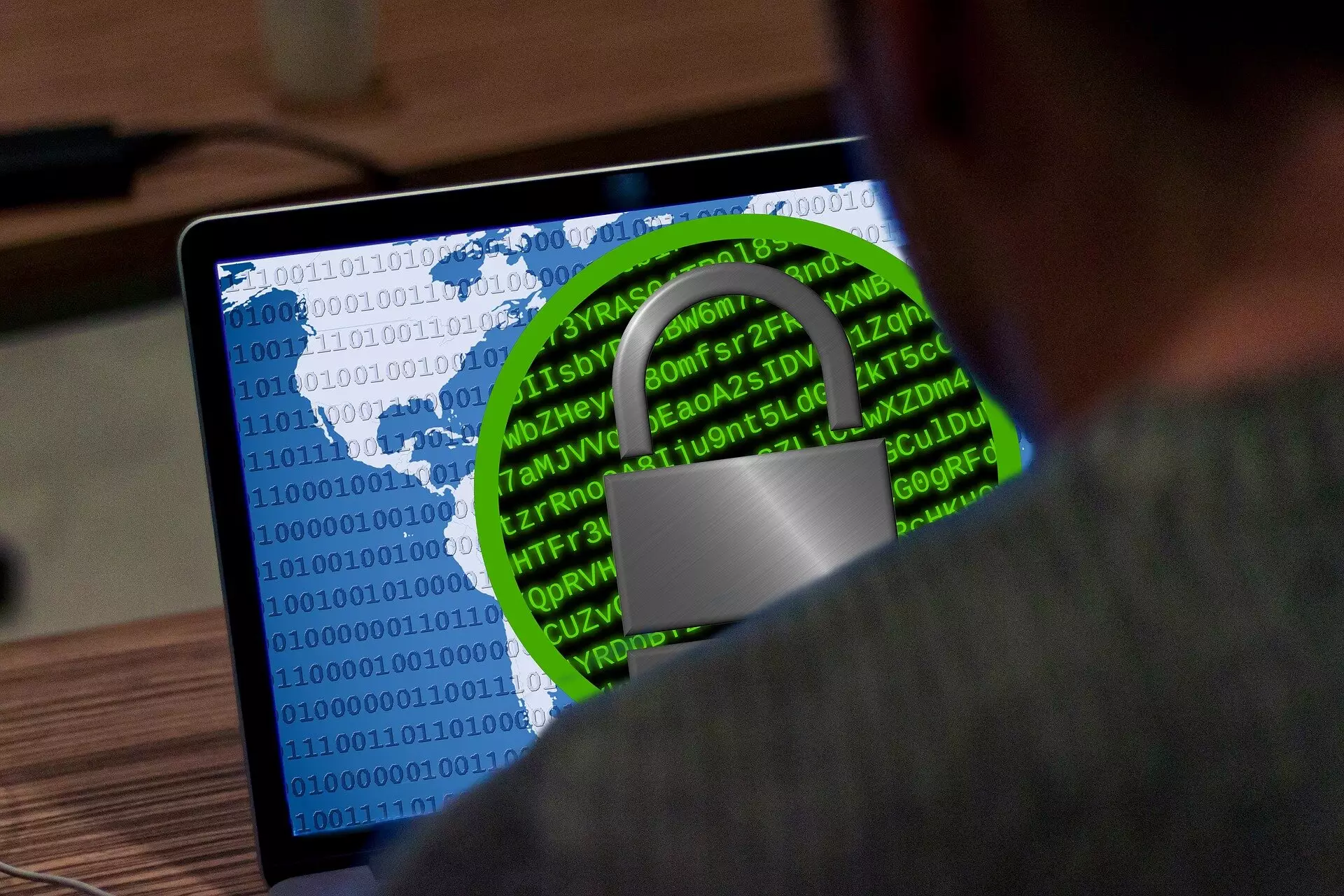Ransomware attacks have been a prevalent form of cybercrime for over three decades, but it was only in the past decade that the term “ransomware” gained widespread recognition in popular media. One of the most notorious ransomware groups to emerge recently is LockBit, which has adopted a “ransomware as a service” model to maximize its profits. In this article, we will delve into the origins of LockBit, examine some of its high-profile victims, and discuss strategies to protect ourselves against this evolving threat.
LockBit is a form of malicious software that infiltrates computer systems and encrypts files, rendering them inaccessible to the users. It then demands a ransom in exchange for decrypting the data. However, what sets LockBit apart is its practice of “double extortion” – threatening to publish the stolen data if the ransom is not paid. This tactic adds a sense of urgency and increases the pressure on the victims. LockBit has gained notoriety for its effective deployment of this strategy.
The LockBit group operates as both the creator of the malware and the orchestrator of the ransomware attacks. Surprisingly, the group claims to be apolitical and solely motivated by financial gain. Unlike other ransomware groups, LockBit does not limit the number of affiliates it works with, welcoming professionals from any country and background. However, the group has established rules that restrict the targeting of critical infrastructure and institutions where file damages could lead to loss of life. Curiously, they also exclude post-Soviet countries from their list of potential victims due to the origin of their members.
LockBit has successfully targeted several high-profile organizations worldwide. In the United Kingdom, the Royal Mail and Ministry of Defense fell victim to LockBit’s ransomware attacks. Similarly, Japanese cycling component manufacturer Shimano and aerospace company Boeing became victims of the group. Most recently, the Industrial and Commercial Bank of China experienced a ransomware incident claimed by LockBit. These incidents highlight the wide range of industries targeted by LockBit, indicating a scatter-gun approach rather than carefully planned, targeted attacks.
Ransomware as a Service (RaaS) has gained popularity in recent years, mirroring the software-as-a-service model used by legitimate organizations. RaaS allows inexperienced criminals to launch ransomware campaigns quickly and efficiently, often at minimal cost and on a profit-sharing basis. RaaS providers, like LockBit, handle all aspects of the attack, from malware deployment to victim negotiation and payment handling. This outsourcing of criminal activities makes it easier for cybercriminals to enter the ransomware market and generate significant revenue.
While ransomware attacks pose a growing concern globally, implementing robust cybersecurity practices can help mitigate the risk. Regular system updates and patching, strong password and account management, thorough network monitoring, and prompt response to unusual activity are essential precautions to minimize the likelihood of compromise. By making it difficult for cybercriminals to infiltrate systems, organizations can deter attacks and force criminals to seek easier targets.
The decision to pay a ransom is a complex and ethical matter for every organization. While some choose to pay to regain access to their information, others refuse, fearing it may encourage further attacks. Ultimately, the best defense against ransomware is prevention. By investing in robust security measures and regularly updating cybersecurity protocols, organizations can significantly reduce their vulnerability to LockBit and similar threats.
LockBit represents a growing and evolving threat in the realm of cybersecurity. As a ransomware-as-a-service model, it has become increasingly profitable for the LockBit group and other cybercriminals. The rise of LockBit underscores the importance of adopting comprehensive cybersecurity practices and staying ahead of potential threats. By understanding the tactics employed by ransomware groups like LockBit and implementing proactive measures, organizations can protect themselves from becoming victims and force cybercriminals to seek easier targets elsewhere.


Leave a Reply